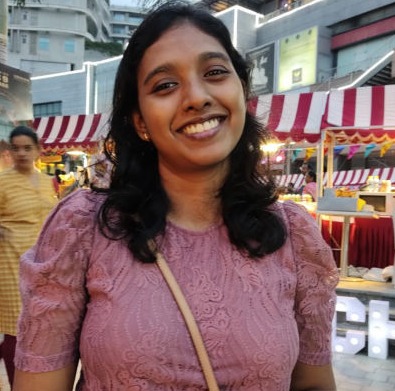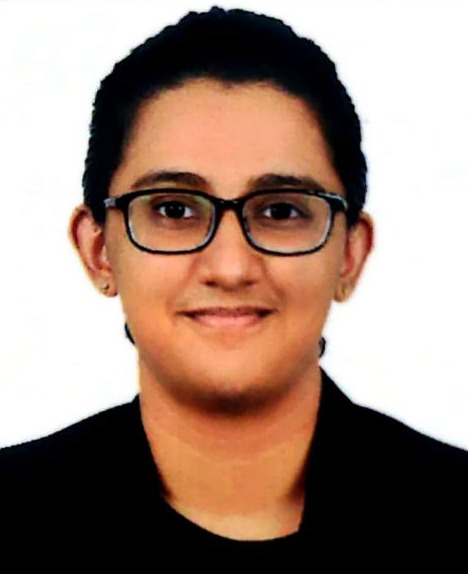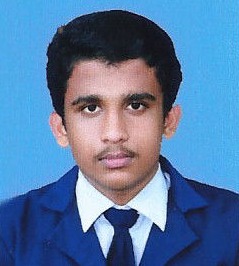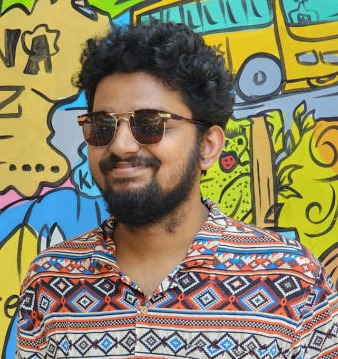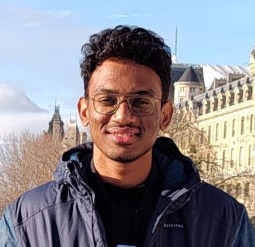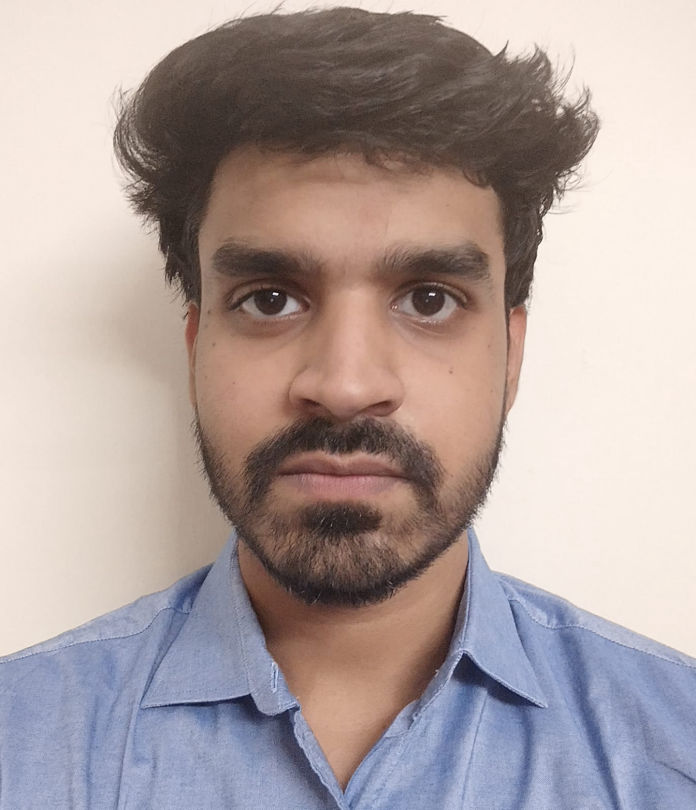
Jash Bari
B.Tech: Naval Architecture
Masters: Complex Systems and Dynamics
NA18B021
Analysis and Robustness of Sparse Identification of Nonlinear Dynamical Systems on systems exhibiting chaotic behaviour
Video
Advisor: Anubhab Roy, Applied Mechanics
This thesis extends the analysis of sparse identification of nonlinear dynamical systems (SINDy) to complex systems governed by higher order differential equations. The Lorenz system and Duffing oscillator were used to evaluate the effectiveness of the model, with results showing accurate identification of the underlying equations. The robustness of SINDy is also tested on data generated in a wave simulation lab. These findings provide insight into the potential of SINDy to accurately identify the governing equations of complex systems, even in the presence of noise.
Thesis
Placement: American Express
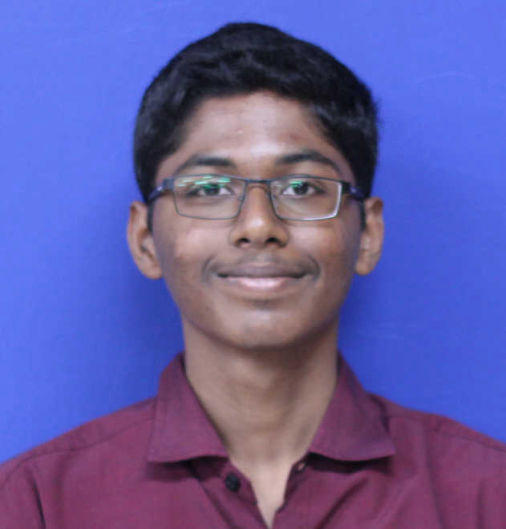
R Naveen
B.Tech: Mechanical EngineeringMasters: Complex Systems and DynamicsME18B163
Change Detection in Remote Sensing ImagesVideo
Advisor: Srinivas Chakravarthy, Biotechnology
Change detection is a crucial task in remote sensing for monitoring the effects of various natural and man-made phenomena over a given area. Urban planning, environmental monitoring and disaster management are a few fields where change detection plays a crucial role. The process involves comparing aerial images of the target area captured at two different times. This study aims to use various Convolutional Neural Network (CNN) architectures to achieve state-of-the-art results on publicly available change detection datasets. We also want to achieve these results without drastically increasing the computational time of the algorithm.
Thesis
Placement: American Express
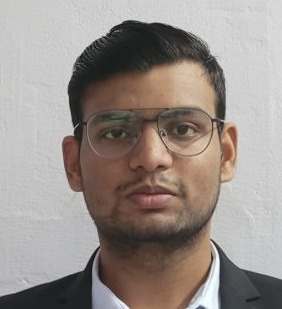
Kalash Verma
B.Tech: Mechanical EngineeringMasters: Complex Systems and DynamicsME18B052
Multivariable Causal Analysis using CCM
Video
Advisor: Arun Tangirala, Chemical Engineering
Convergent Cross Mapping (CCM) is a model-free approach used to infer causal relationships in non-linear dynamical systems. However, CCM has limitations in dealing with noisy data, synchrony, particular periodic oscillations and distinguishing between direct and indirect causal links. The research aims to propose and refine extensions to Convergent Cross Mapping, using multivariate state space reconstruction, to address some of these limitations and distinguish between direct and indirect causal links.
Thesis
Placement: McKinsey & Company
